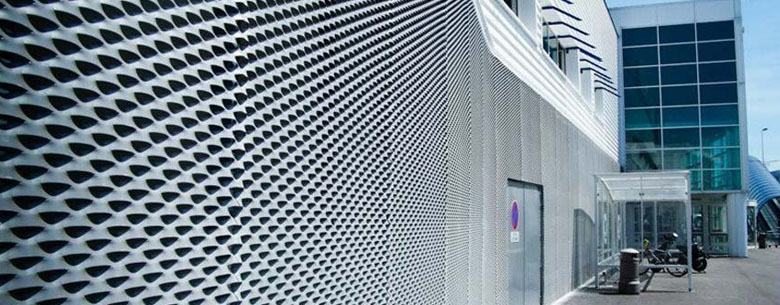Exploring the Versatility of Perforated Steel Sheet Metal
Perforated steel sheet metal is a remarkable material that has garnered significant attention across various industries due to its unique blend of aesthetics, durability, and functionality. Characterized by numerous holes punched into its surface, this versatile product stands out not only for its structural properties but also for its ability to enhance design elements in architecture, manufacturing, and engineering.
The Manufacturing Process
The production of perforated steel sheet metal begins with high-quality steel sheets, which are subjected to a punching or perforating process. This can be accomplished using various techniques, such as mechanical presses, lasers, or water jets, allowing for a vast range of hole sizes, shapes, and patterns. The choice of method often depends on the desired final application, thickness of the metal, and cost considerations.
Once the sheets are perforated, they can undergo additional processes like galvanization or painting to increase corrosion resistance and enhance their visual appeal. The flexibility in customization makes perforated steel sheets suitable for countless applications, from industrial uses to decorative purposes.
Applications Across Industries
Perforated steel sheet metal is utilized in numerous sectors. In architecture and construction, it serves as an attractive façade material, allowing for natural light and ventilation while maintaining privacy and aesthetic appeal. For instance, perforated metal panels are widely employed in building exteriors, sunshades, and interior designs, creating intriguing visual effects.
In the industrial sector, perforated steel sheets are critical for sound absorption and air filtration. They are commonly used in manufacturing facilities to create noise barriers, enhance acoustics, or serve in ventilation systems. The controlled airflow through the perforations ensures that equipment operates efficiently and contributes to a safer working environment for employees.
The hospitality industry also benefits from this material. Restaurants and cafes often use perforated metal in furniture design, such as in partition screens or table bases, adding a modern touch to their interiors. Similarly, outdoor installations, including canopies and signs, often feature perforated steel for both durability and style.
perforated steel sheet metal

Advantages of Perforated Steel Sheets
One of the key advantages of perforated steel sheet metal is its lightweight nature compared to solid metal. This property makes transportation and installation easier and less expensive. Furthermore, the perforations can reduce wind load on structures, making them ideal for windy environments.
Additionally, the ability to customize hole patterns allows designers to achieve specific functional and aesthetic requirements. Whether it’s for decorative enclosures or functional screens, the adaptability of perforated sheets can meet various project criteria.
Moreover, perforated steel sheets are environmentally friendly. The longevity of steel means fewer replacements and less waste. The production process also allows for recycling, which is an attractive feature for environmentally conscious projects.
Considerations When Choosing Perforated Steel
When selecting perforated steel sheet metal for a specific application, several factors should be considered. The choice of hole size and pattern affects not only the appearance but also the material’s functionality. For example, tighter hole patterns might be needed for filtration applications, while larger holes are better suited for aesthetic designs or applications requiring high airflow.
Additionally, the thickness of the steel will influence its strength and durability. Thicker sheets can withstand heavier loads and are better suited for structural applications, while thinner sheets are more appropriate for decorative uses.
Conclusion
Perforated steel sheet metal embodies a unique combination of strength, versatility, and design ingenuity. From urban architecture to industrial applications, its capacity to meet a variety of needs ensures that it remains an essential material across multiple industries. As technology evolves, the production methods and applications of perforated steel are likely to expand, offering even more innovative solutions to contemporary challenges. Embracing perforated steel sheet metal not only enhances engineering efficiency but also contributes to aesthetic design, cementing its place as a staple in modern construction and design practices.
-
Versatility of Expanded Aluminum Metal for Various Applications
NewsMay.19,2025
-
The Geometry of Steel Gratings: Why It Matters
NewsMay.19,2025
-
Reinforcement Applications of Perforated Mesh in Masonry
NewsMay.19,2025
-
Essential Tools for Installing a Deck Mesh Railing
NewsMay.19,2025
-
Anti-Slip Flooring Made with Stainless Expanded Mesh
NewsMay.19,2025
-
Adjustable Steel Grating for Uneven Terrain
NewsMay.19,2025
Subscribe now!
Stay up to date with the latest on Fry Steeland industry news.

